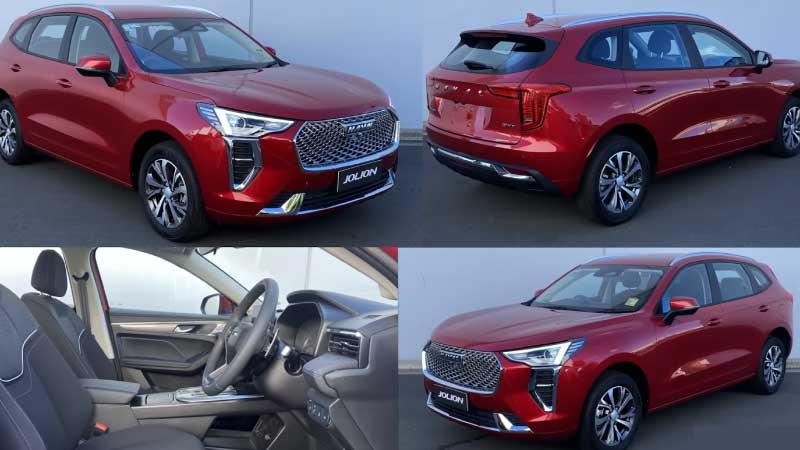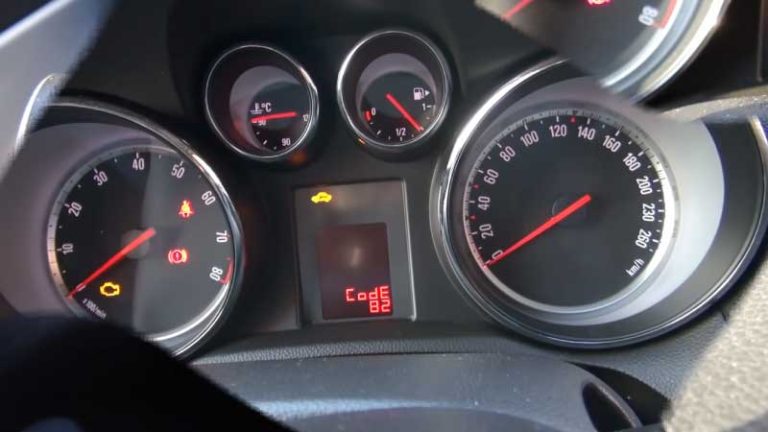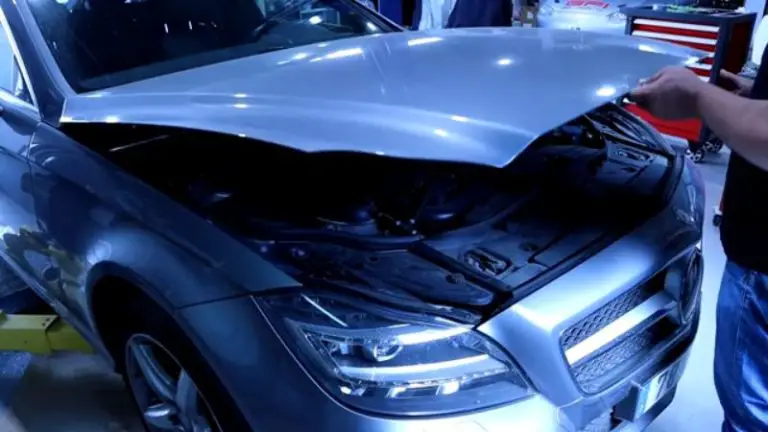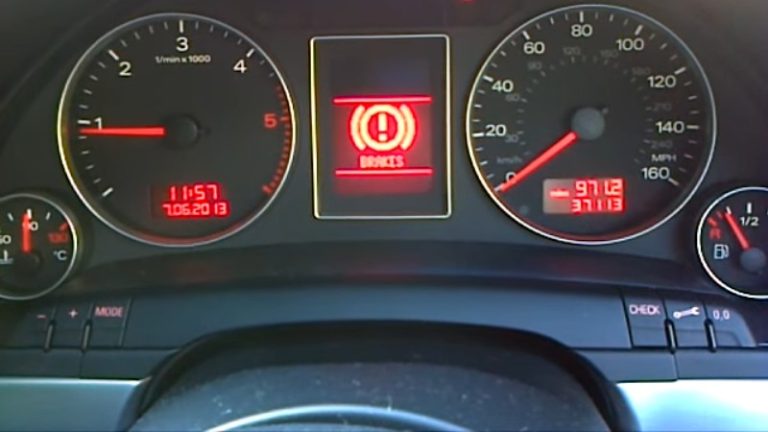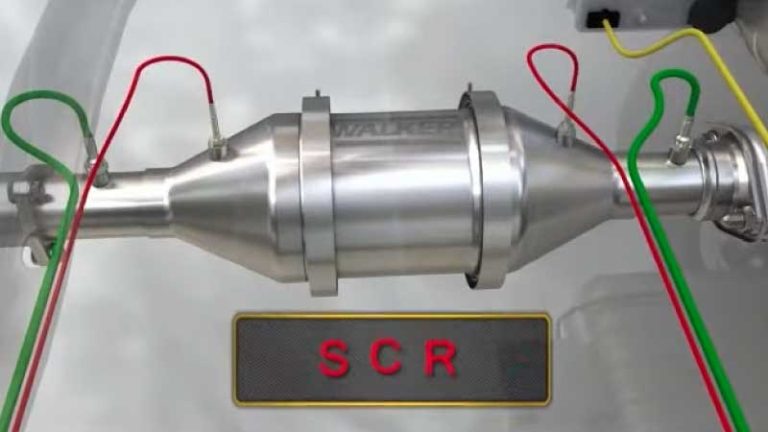Haval Jolion Problems: Common Issues with Fixes
Riding a Haval Jolion is fun until you face some annoying issues while riding it. Although Haval Jolions perform top-notch in most cases, there are times when you can experience some unpleasant issues with your rides. So, what are some common Haval Jolion problems?
According to most user reviews, poor fuel returns, transmission problems, electrical system malfunctions, battery failure, and suspension & steering issues are the most common ones when it comes to Haval Jolion problems.
Let’s get into the article to know about the problems and solutions in detail. We’ll talk about some preventative steps as well so you can be more careful and avoid sudden problems.
How Does the SCR System in Haval Jolion Vehicles Work and Are System Faults Common?
The SCR system in Haval Jolion vehicles is designed to reduce harmful emissions by injecting a urea-based solution, known as AdBlue, into the exhaust gas stream. This process converts nitrogen oxides (NOx) into nitrogen and water vapor, resulting in cleaner emissions. While the system is generally reliable, occasional SCR system faults may occur due to various factors such as contamination or sensor malfunctions. Understanding these scr system fault explained scenarios can help diagnose and address any issues that may arise.
5 Common Haval Jolion Problems With Fixes

There could be several issues in your Haval Jolion and we’re going to discuss the most common ones here. We’ll cover how to identify the issue, what causes the issue, and how you can solve it.
Problem 1: Engine Performance Issues in Haval Jolion
How can you identify engine performance issues in your Haval Jolion? There are different ways, including poor acceleration, rough idling, engine misfires, and decreased fuel efficiency. A lack of power when trying to accelerate, unusual vibrations when the engine is idling, or a decrease in overall performance can also indicate the issue.
Causes of Engine Performance Issues:
- Fuel Delivery Problems: Issues with the fuel injectors, fuel pump, or fuel filter can disrupt proper fuel delivery to the engine, affecting its performance.
- Ignition System Malfunctions: Faulty spark plugs, ignition coils, or ignition timing can lead to misfires and poor engine performance.
- Air Intake and Exhaust Issues: Blockages or leaks in the air intake or exhaust systems can disturb the air-fuel mixture and cause performance problems.
- Sensor Failures: Malfunctioning sensors, such as the oxygen sensor or mass airflow sensor, can lead to incorrect data being sent to the engine control unit (ECU).
- Engine Control Module (ECU) Problems: Issues with the ECU, which controls various engine functions, can lead to incorrect fuel and air mixture ratios.
How to Solve Engine Performance Issues in Haval Jolion
- Check Engine Light: If the check engine light is on, it indicates a problem. Use an OBD-II scanner to retrieve trouble codes that can guide your diagnosis.
- Inspect Spark Plugs: Inspect and replace worn-out spark plugs as recommended by the manufacturer.
- Check Ignition Coils: Test ignition coils for proper functioning and replace any that are faulty.
- Clean or Replace Air Filters: Dirty air filters can affect air intake. Clean or replace them regularly.
- Examine Fuel System: Inspect the fuel injectors, fuel pump, and fuel lines for clogs or leaks.
- Professional Inspection: If DIY efforts don’t resolve the issue, consult a professional mechanic to diagnose and fix more complex problems.
Problem 2: Transmission Problems
Transmission problems in your vehicle can lead to issues with gear shifting, abnormal noises, and a generally compromised driving experience. You can also notice difficulty in shifting gears, delayed engagement, jerking motions while shifting, or unusual sounds when the transmission is in operation.
Several factors can cause transmission issues in your Haval Jolion, including:
- Fluid Levels and Quality: Low or contaminated transmission fluid can affect smooth gear shifting and cause friction-related problems.
- Worn Clutch Components: In manual transmissions, worn clutch plates or pressure plates can result in slipping gears and difficulty in engaging.
- Faulty Solenoids: Automatic transmissions use solenoids to control gear changes. Malfunctioning solenoids can disrupt the shifting process.
- Torque Converter Problems: In automatic transmissions, a faulty torque converter can lead to slipping or harsh shifts.
- Transmission Control Module (TCM) Issues: Problems with the TCM can lead to incorrect gear selection and other shifting-related problems.
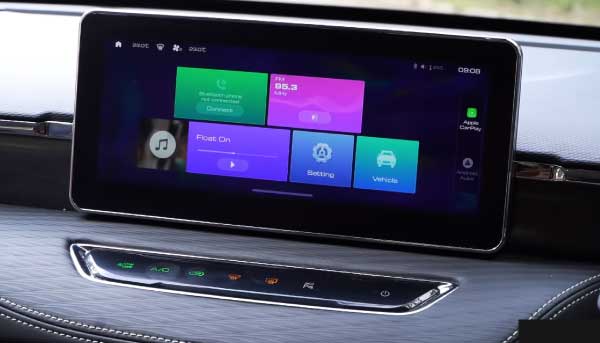
Here’s how to address transmission problems in your Haval Jolion:
- Check Transmission Fluid: Ensure the transmission fluid is at the correct level and is in good condition. If low or contaminated, replace the fluid.
- Inspect Clutch Components: For manual transmissions, have the clutch system inspected for wear and replace worn components.
- Test Solenoids: If you have an automatic transmission, test the solenoids and replace them if necessary.
- Examine Torque Converter: In automatic transmissions, address torque converter issues through professional diagnosis and repair.
- Diagnostic Scan: Use an OBD-II scanner to retrieve trouble codes related to transmission issues and guide your diagnosis.
Problem 3: Electrical System Malfunctions
Electrical system malfunctions in your Haval Jolion are quite easy to detect. Check for non-functional lights, malfunctioning electronics, dead batteries, or even complete electrical failures. You may also experience problems with headlights, interior lights, power windows, infotainment systems, or other electrical features.
Let’s get to know what triggers Electrical problems in your Haval Jolion.
- Faulty Wiring: Damaged or corroded wiring can disrupt the flow of electricity to different parts of the vehicle.
- Defective Components: Malfunctioning switches, relays, fuses, or connectors can lead to various electrical failures.
- Battery Issues: A weak or dying battery can result in intermittent or complete electrical failures.
- Software Glitches: Modern vehicles rely heavily on software. Software bugs or glitches can lead to unexpected electrical malfunctions.
- Water Intrusion: Water infiltration due to leaks can damage electrical components and lead to short circuits.
And, here’s how to troubleshoot and address electrical system malfunctions in your Haval Jolion:
- Check Fuses and Relays: Inspect the fuse box for blown fuses or faulty relays. Replace as needed.
- Battery Examination: Test the battery voltage and charging system. Replace a weak or failing battery.
- Inspect Wiring: Examine wiring for damage, wear, or corrosion. Repair or replace damaged wiring.
- Software Update: If applicable, check for manufacturer-released software updates to address known issues.
- Address Water Leaks: If water intrusion is suspected, locate and repair leaks, then assess and fix water-damaged components.
- Professional Diagnosis: If issues persist, consult a qualified auto electrician or mechanic with expertise in diagnosing electrical problems.
- Reset Electronics: In some cases, a simple reset of the electronics (disconnecting the battery for a short time) can resolve minor glitches.
Problem 4: Battery Failure
Another common issue found in Haval Jolion cars is battery failure. Haval Jolion and H6 owners have reported battery issues such as rapid depletion and sudden failure. Battery problems range from depleted battery liquid to insufficient charging.
The Haval H2 also experienced battery life reduction, especially after adding accessories like tracking devices. In some cases, even replacement batteries fail to restore power in the Haval H6.
So, how can you deal with a failed battery in Haval Jolion?
There’s almost nothing you can do about a failed battery without replacing it. Consult a professional mechanic and get the faulty battery replaced. After that, don’t forget to regularly inspect and maintain your car’s battery to avoid sudden failures. Also, check electrolyte levels and overall battery health as part of routine maintenance.
Problem 5: Suspension and Steering Concerns
Suspension and steering issues impact the vehicle’s ride comfort and overall handling. These problems can present as unusual noises, vibrations, poor road grip, and difficulty in steering. You may notice knocking sounds from the suspension, a bumpy ride, uneven tire wear, or a steering wheel that is hard to turn or feels unstable.
The causes of Suspension and steering concerns are given below.
- Worn Suspension Components: Over time, components like shock absorbers, struts, bushings, and ball joints can wear out, affecting ride quality.
- Misaligned Wheels: Poor wheel alignment can lead to uneven tire wear, steering instability, and a compromised driving experience.
- Steering System Issues: Problems with the power steering system, steering pump, or steering linkage can result in difficulty turning the wheel.
- Suspension Damage: Rough driving conditions or impacts can damage suspension components and lead to issues.
- Tire Problems: Irregular tire wear, damaged tires, or improper tire pressure can affect road grip and handling.
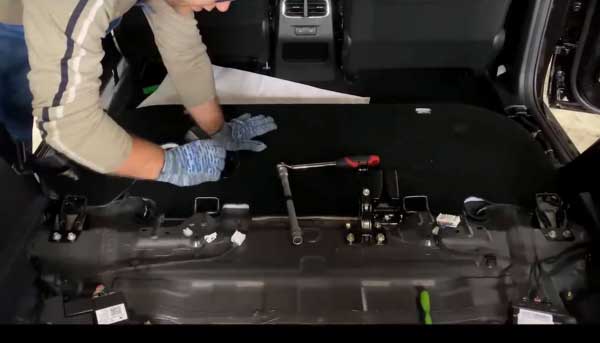
Let’s scroll through how to solve suspension and steering concerns in Haval Jolion.
- Inspect Suspension Components: Examine shock absorbers, struts, bushings, and ball joints for signs of wear or damage. Replace as needed.
- Check Wheel Alignment: Have the wheel alignment checked and adjusted by a professional to ensure even tire wear and proper handling.
- Test Power Steering System: Check power steering fluid levels and address leaks. If the steering feels heavy or unstable, consult a mechanic for a diagnosis.
- Examine Tires: Inspect tires for damage, uneven wear, and proper inflation. Replace damaged tires and rotate them regularly.
- Address Steering Linkage: If there’s excessive play in the steering wheel or difficulty steering, have the steering linkage inspected and repaired.
How to Prevent The Common Haval Jolion Problems
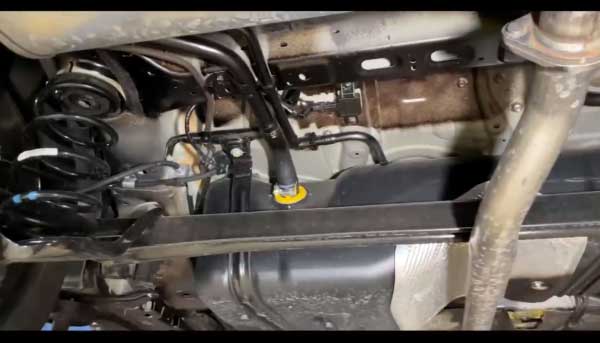
No matter which vehicle you own, it’s a must to use and maintain it properly if you want to have a longer journey with your car. Below are some preventative steps you should follow to avoid any unpleasant results caused by your actions.
Regular Fluid Checks and Changes
Follow the manufacturer’s recommendations for regular oil changes and transmission fluid replacements. Check and maintain proper levels of engine coolant, brake fluid, power steering fluid, and other vital fluids.
Tire Care
Maintain proper tire pressure to ensure even tire wear, better fuel efficiency, and optimal handling. Also, rotate the tires according to the recommended schedule to extend their lifespan.
Battery Health
Clean battery terminals regularly to prevent corrosion and ensure a strong electrical connection.
Also, test the battery once in a while and replace it if it shows signs of weakness.
Suspension and Steering Checks
Inspect suspension components for signs of wear, such as knocking sounds or uneven tire wear. Address steering issues to ensure stable and responsive handling.
Address Warning Lights
If warning lights appear on the dashboard, address them promptly by diagnosing the issue using an OBD-II scanner or consulting a professional. It’s because warning lights are early indicators of potential problems in your vehicle. Addressing these issues can prevent them from getting into more serious and expensive repairs.
Conclusion
Understanding and addressing common problems of your Haval Jolion is essential for maintaining a safe, reliable, and enjoyable driving experience
From engine performance issues to transmission problems, electrical system malfunctions, and suspension concerns, each problem can impact different aspects of the vehicle’s performance and safety. By taking proactive measures such as regular maintenance, timely diagnosis, and addressing warning lights, you can mitigate potential issues and extend the longevity of your vehicle.

